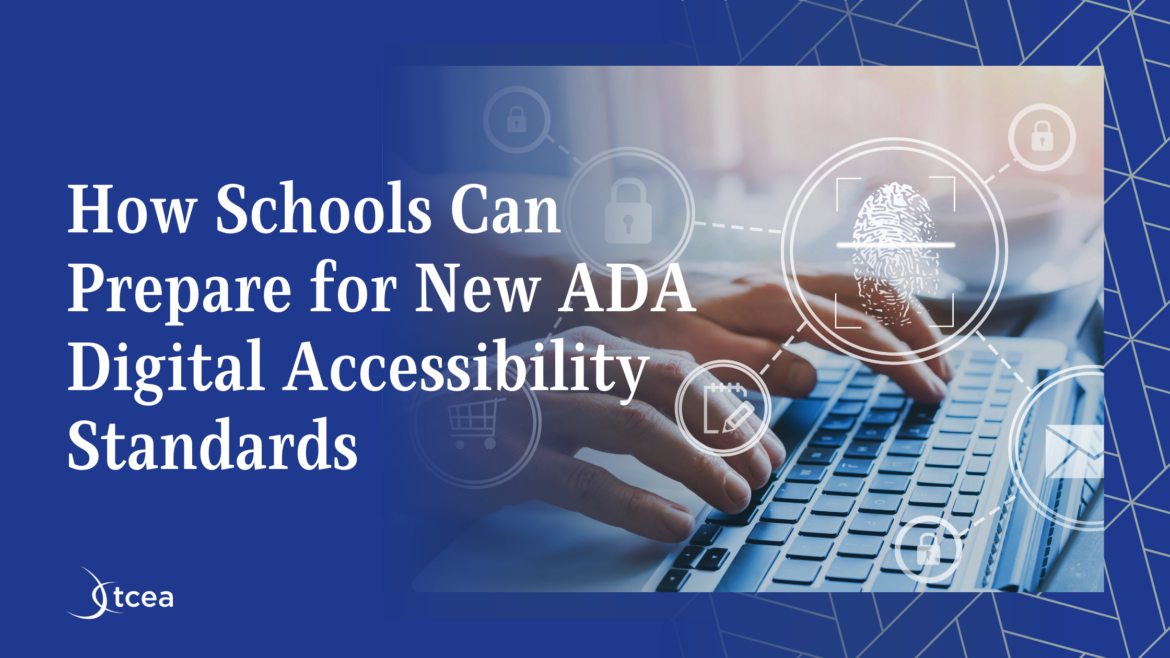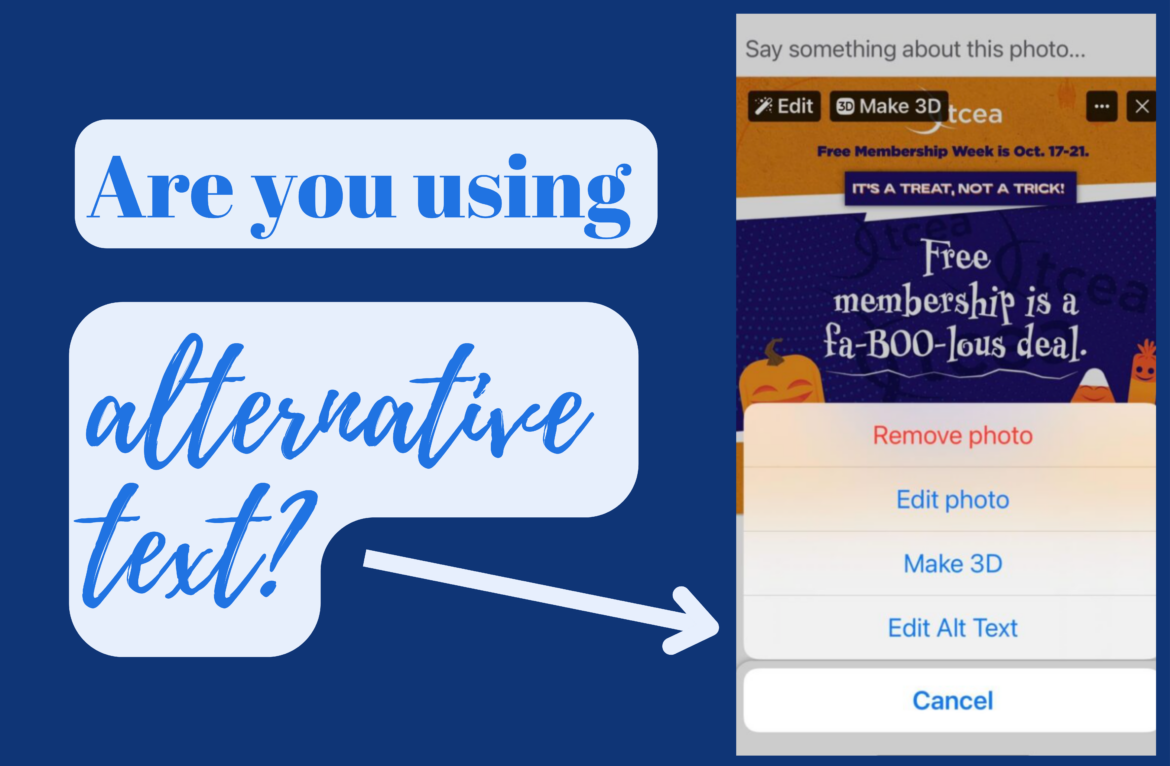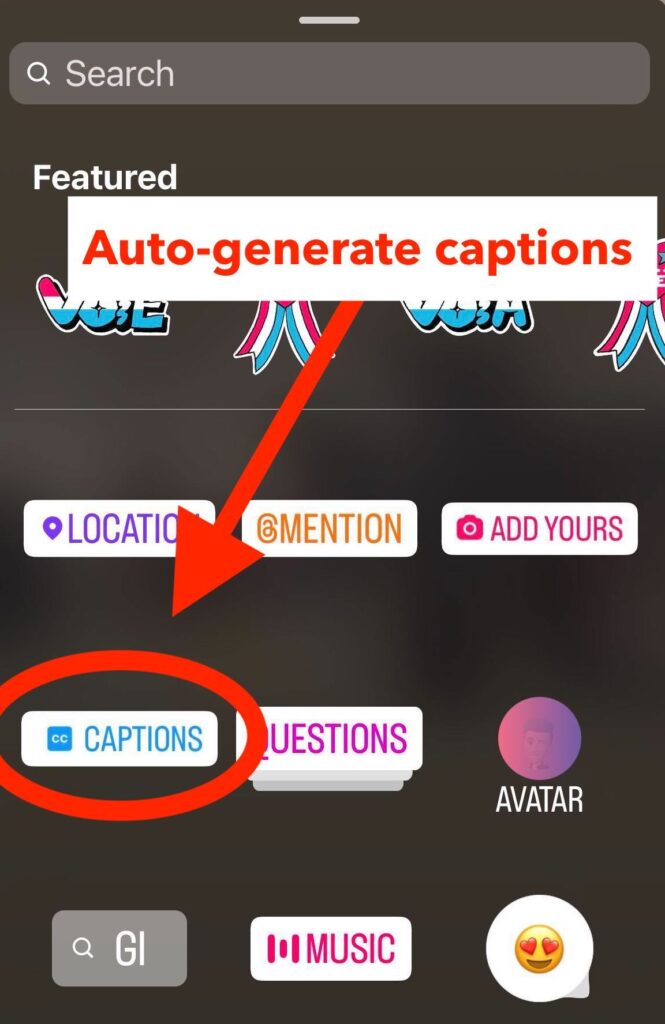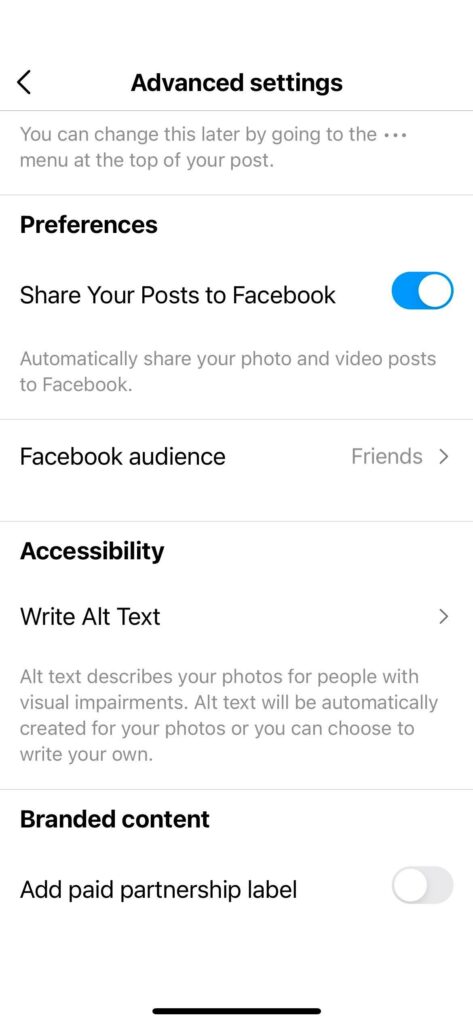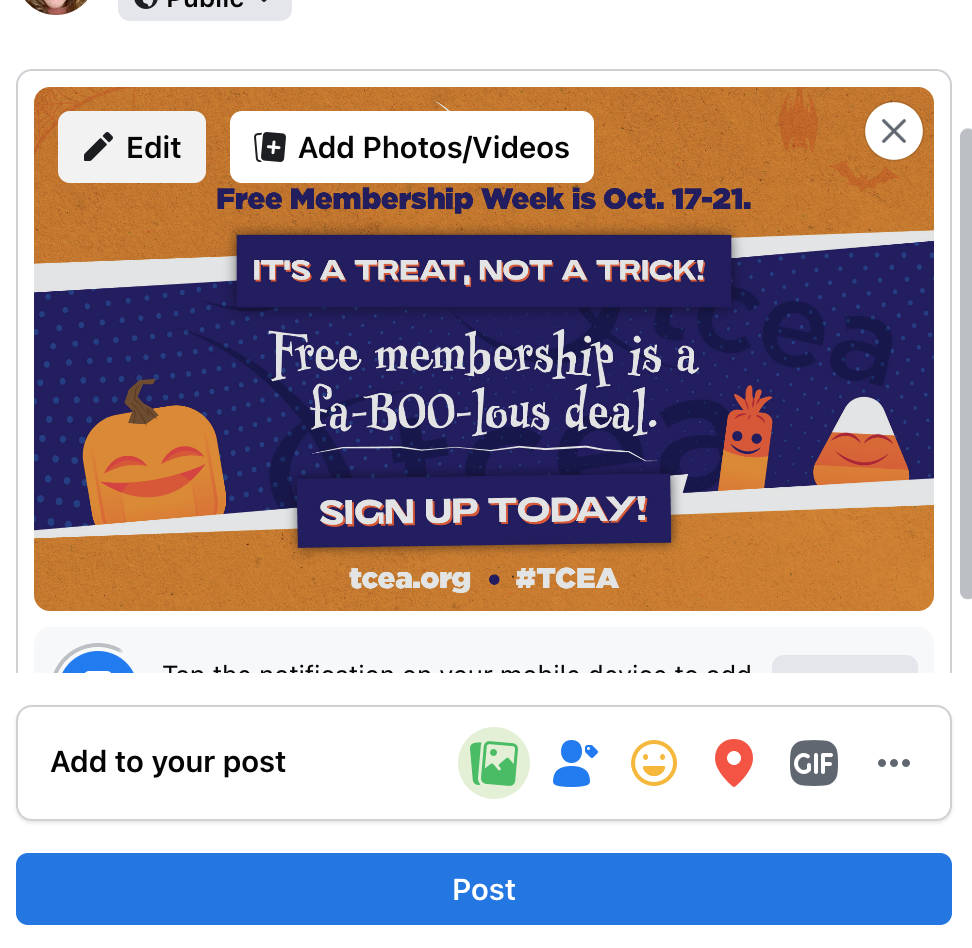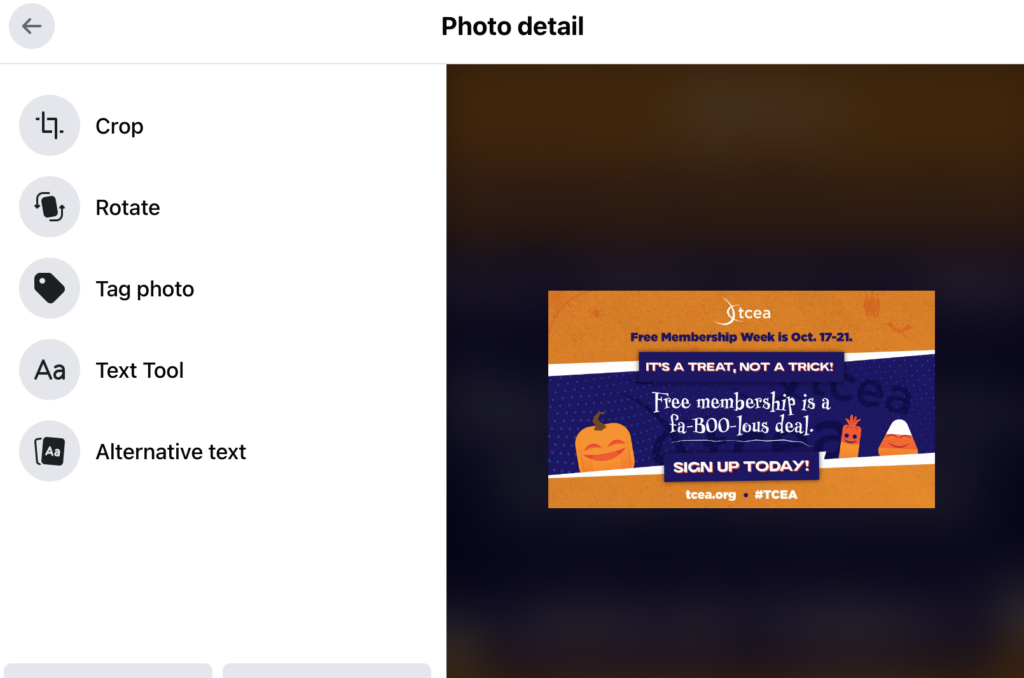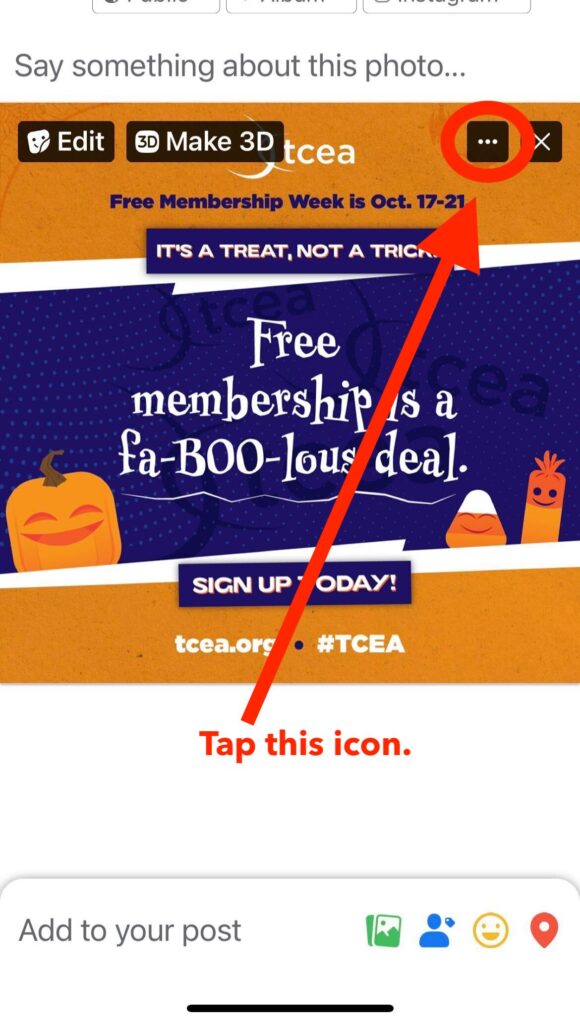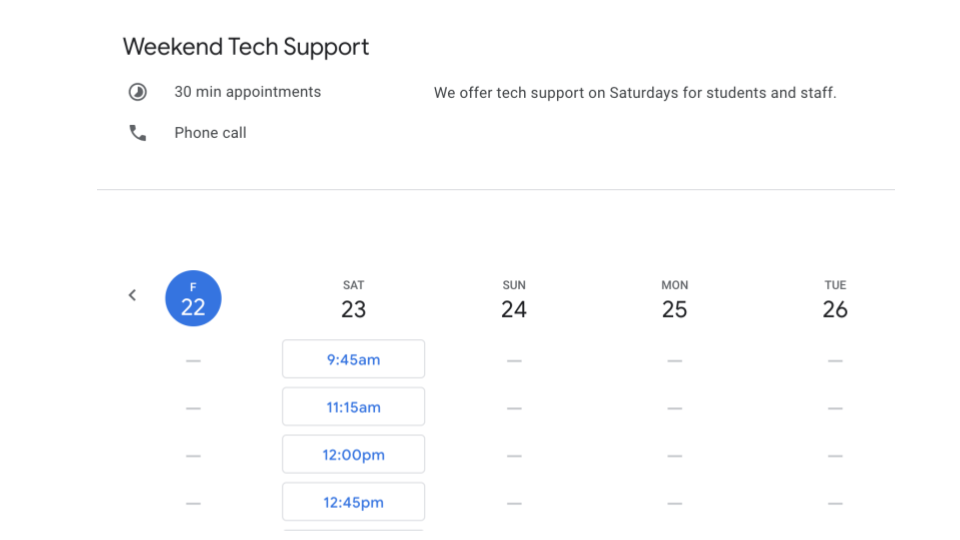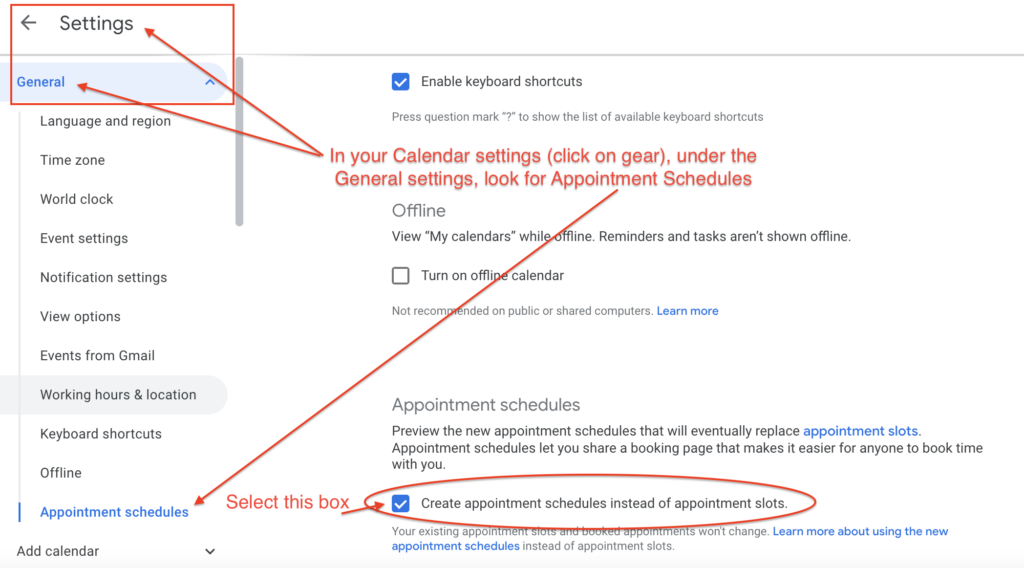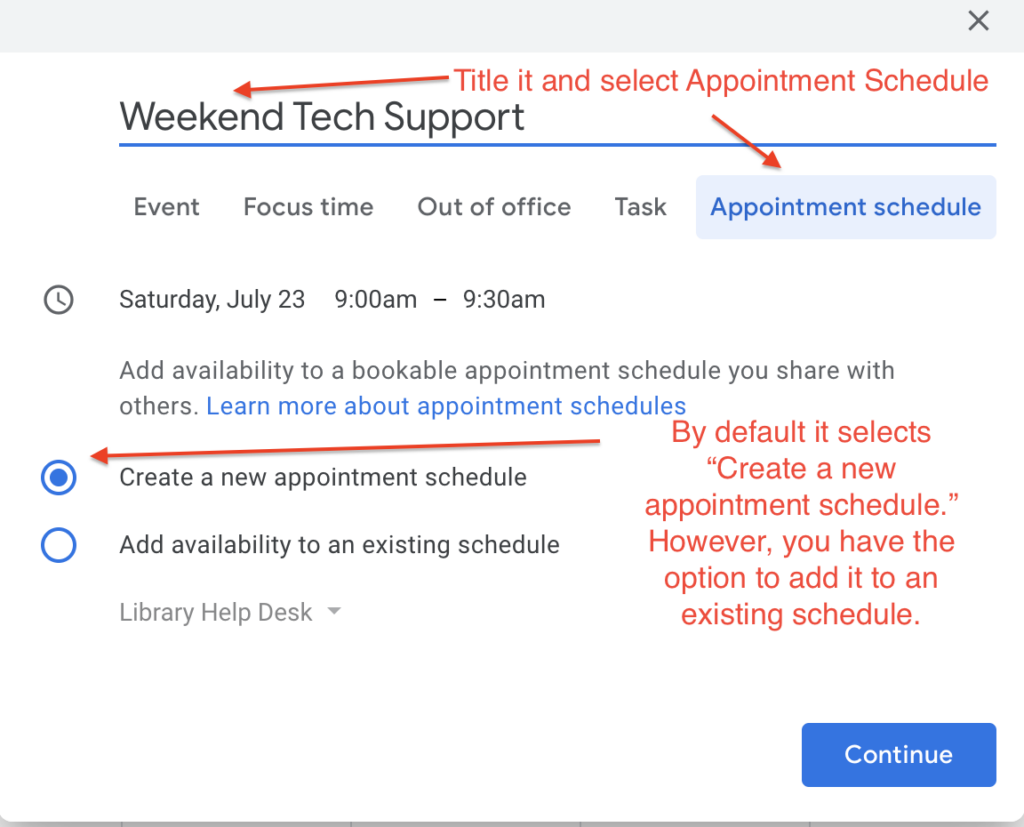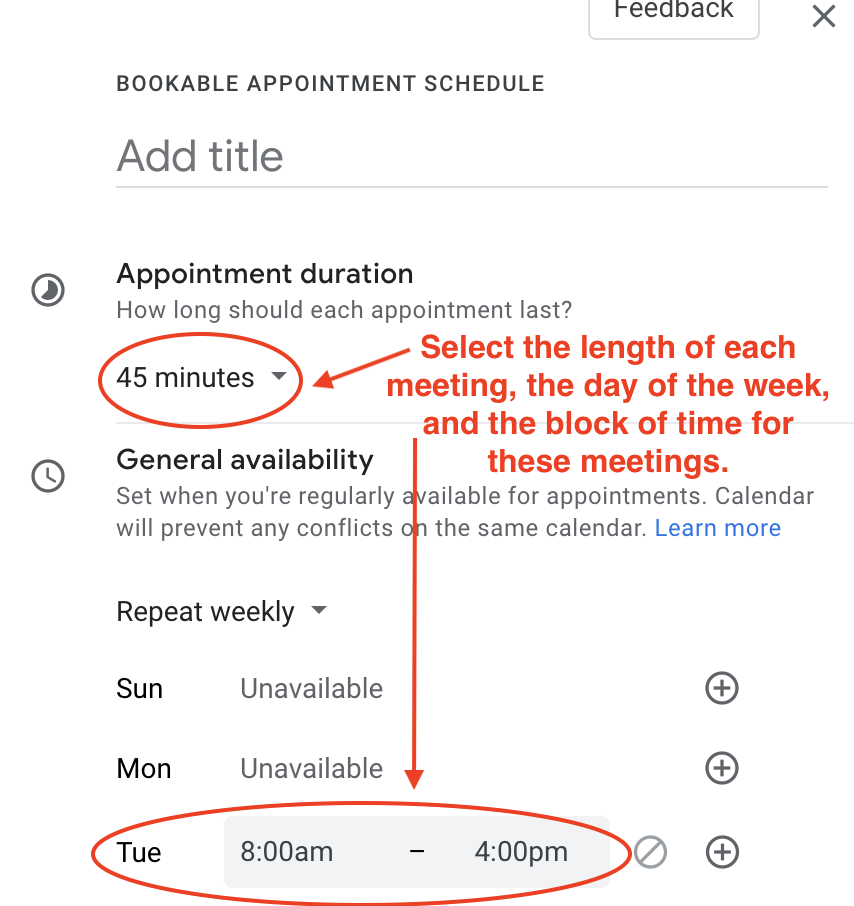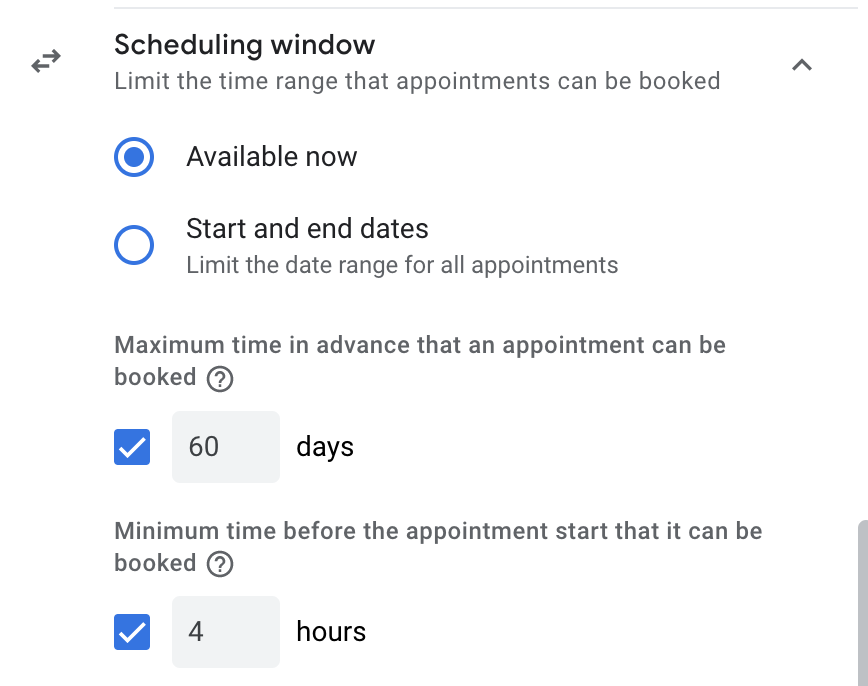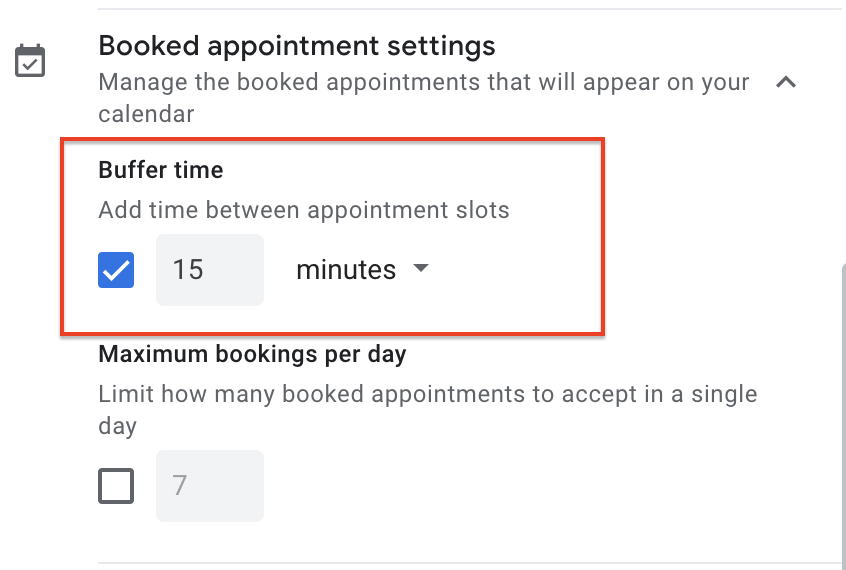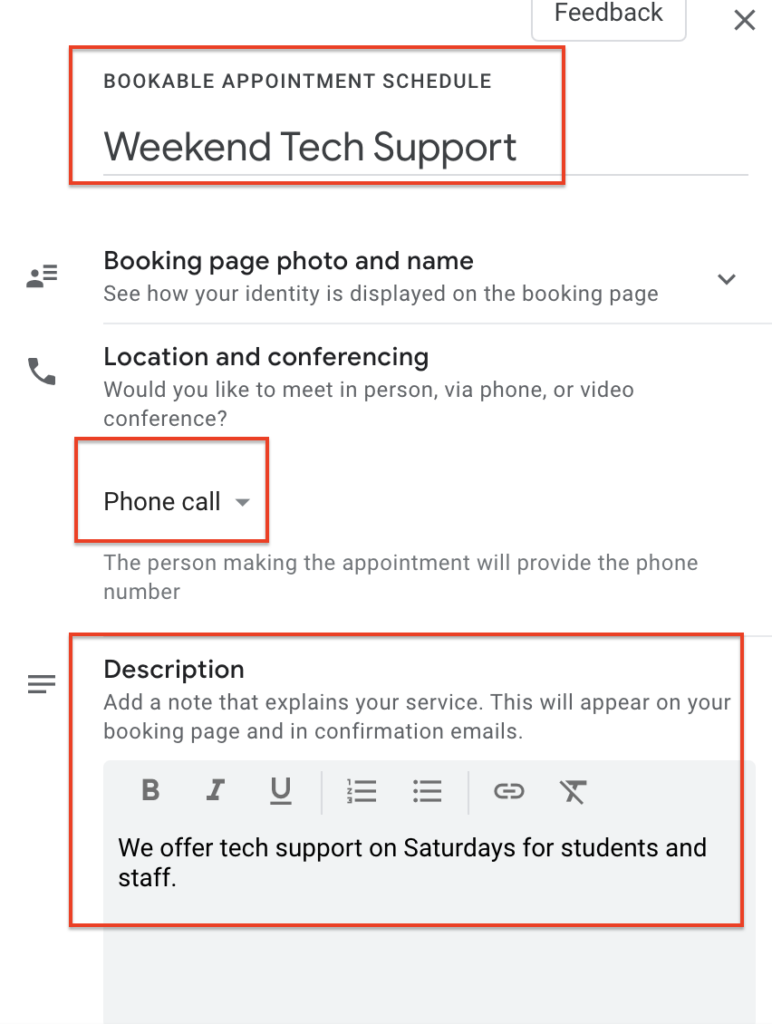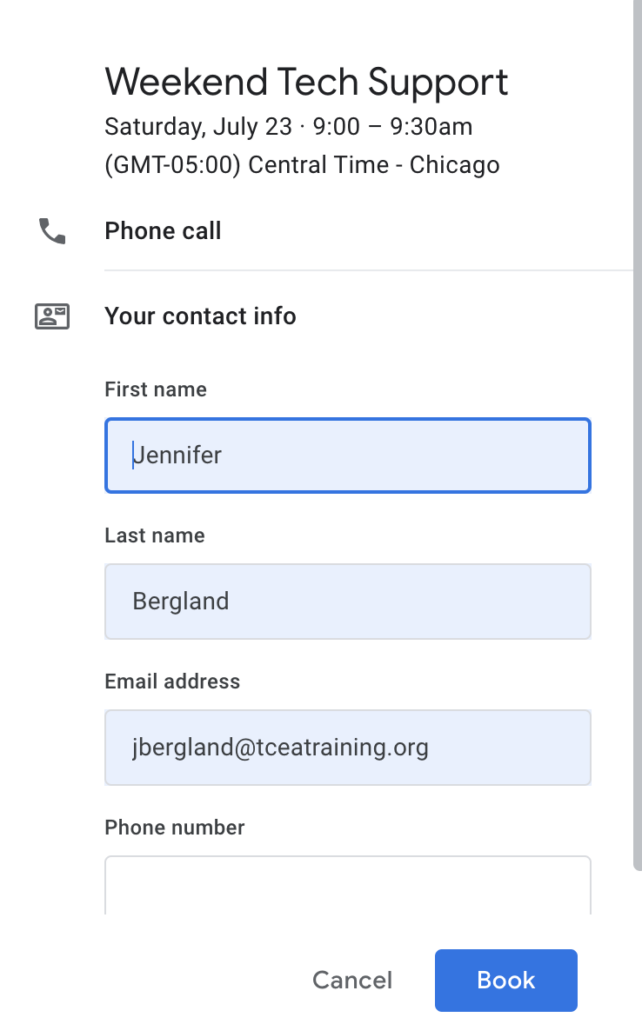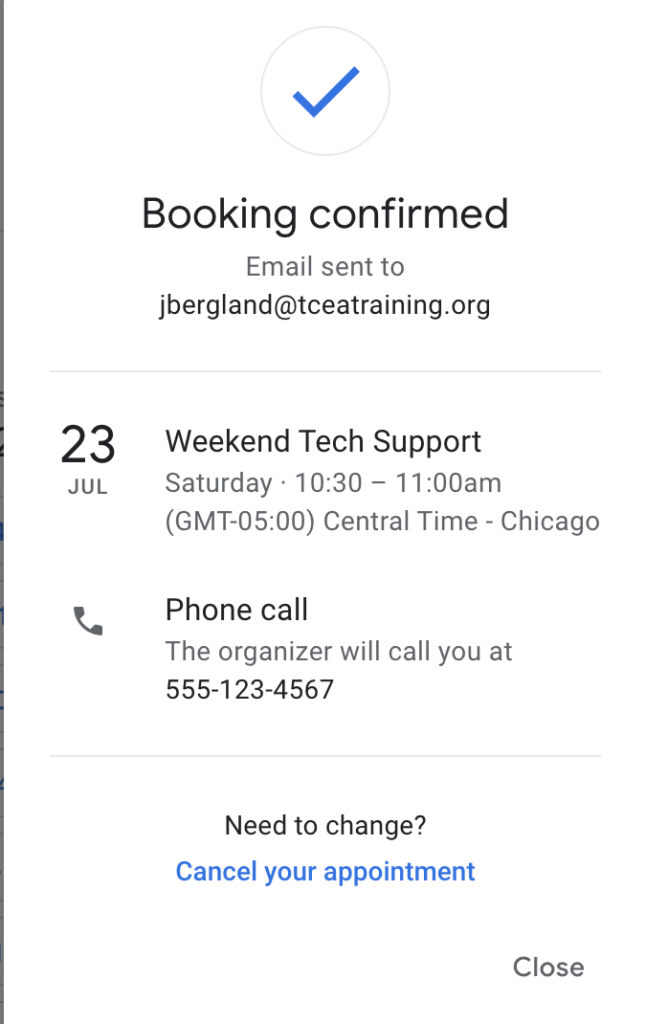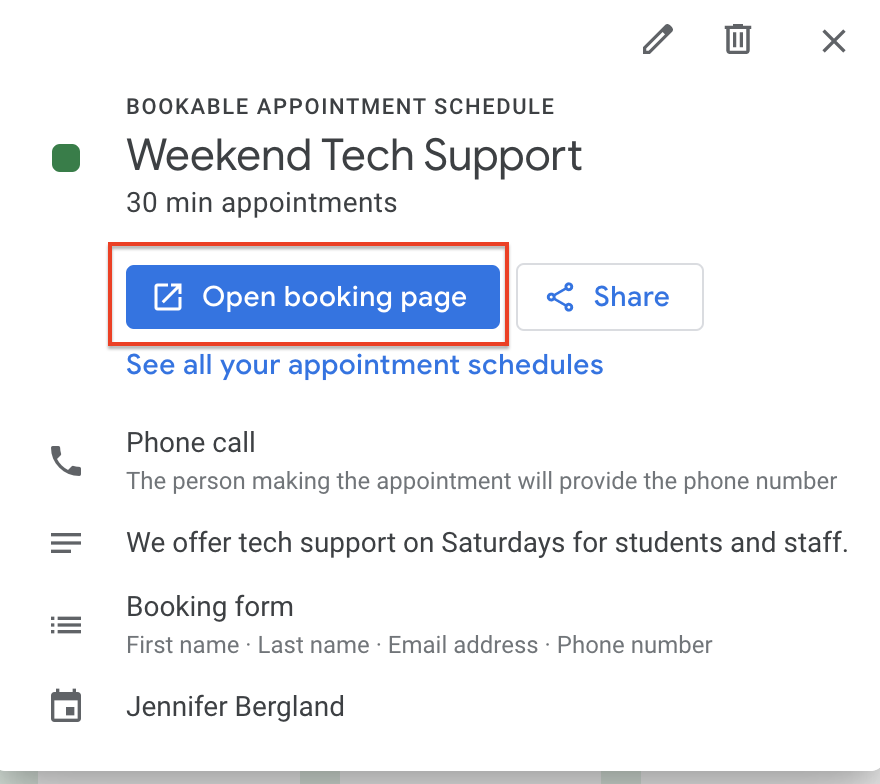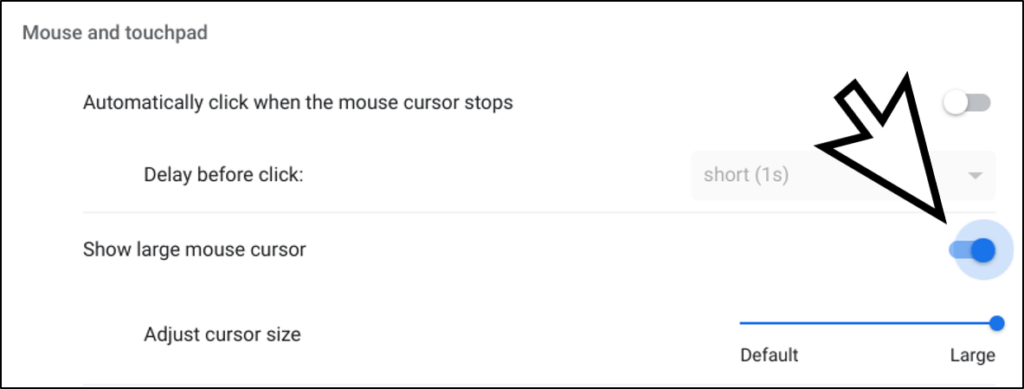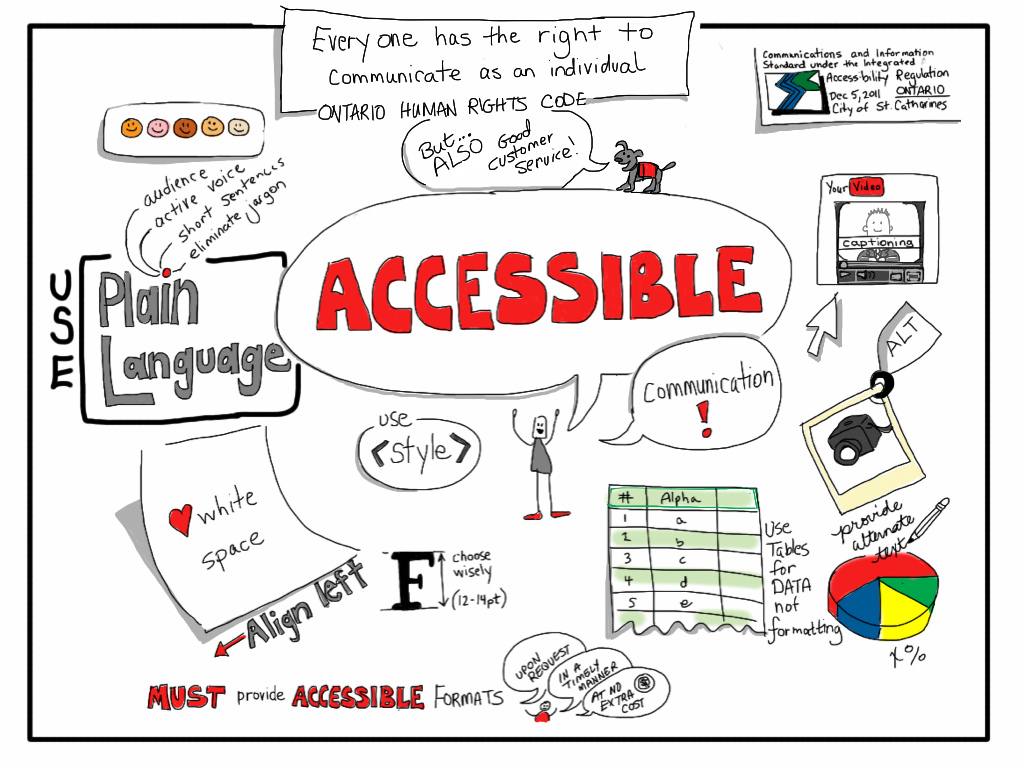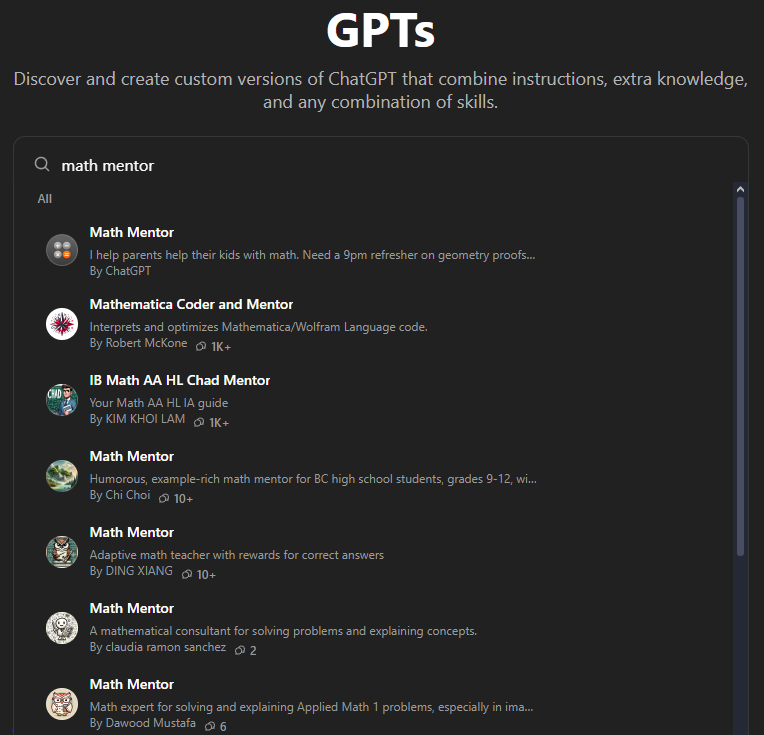A new U. S. DOJ rule aims to ensure that web content and mobile apps are accessible for people with disabilities
The U. S. Department of Justice (DOJ) has introduced a new rule aimed at making digital content and mobile applications more accessible for people with disabilities. On April 24, 2024, the Federal Register published the DOJ’s final rule updating regulations for Title II of the Americans with Disabilities Act (ADA). This rule mandates that state and local governments, including public K-12 and higher education institutions, ensure their digital materials are accessible. Schools must now undertake a thorough review and update of their digital content to comply with these new accessibility standards.
The Importance of Accessibility
State and local governments provide many services through websites and mobile apps. Inaccessibility can create significant barriers for individuals with disabilities. This inaccessibility can prevent them from accessing crucial information and can exclude them certain school programs. Non-compliant content examples include videos without captions for deaf users, websites with inadequate text contrast for those with low vision, and digital platforms lacking keyboard alternatives for mouse commands.
U. S. Attorney General Merrick Garland emphasized the rule’s significance, stating it “represents the DOJ’s commitment to preventing the exclusion of individuals with disabilities from accessing government services and programs. Schools must actively work towards meeting these new standards.” In other words, it’s all about accessibility.
Steps to Achieve Compliance
1. Conduct a Digital Inventory
Schools should begin by creating an inventory of their digital materials. This process involves identifying all digital content, including websites, mobile apps, and social media posts, and assessing which materials are accessible and which require updates to meet the new standards.
2. Meet Technical Standards
The new rule mandates compliance with the Web Content Accessibility Guidelines (WCAG) Version 2.1, Level AA. These guidelines, developed by the World Wide Web Consortium, provide a comprehensive framework for making web content more accessible. Schools must ensure their digital materials, including text, images, videos, and interactive elements, adhere to these standards. This may involve updating websites to allow text resizing, providing captions for videos, and ensuring all interactive content is keyboard-navigable.
3. Understand Compliance Deadlines
The regulation takes effect on June 24, with compliance deadlines varying by the population size of the local jurisdiction. For K-12 schools in areas with populations of 50,000 or more, the compliance deadline is April 24, 2026. Smaller districts have until April 26, 2027. Public state universities also face the 2026 deadline, while community colleges in smaller areas have until 2027 to comply. If a district is an independent school district, it would use the population estimate in the most recent Small Area Income and Poverty Estimates.
Future Implications and Support
The DOJ expects the new regulation to increase the demand for accessible content from third-party vendors. This shift is likely to result in more vendors providing accessible digital textbooks and materials, aiding schools in their compliance efforts. Schools will need to work closely to ensure all third-party content meets WCAG standards.
If you have more questions about this rule or the ADA, you can call the Department’s ADA Information Line.
For members of TCEA, staying informed and proactive in these compliance efforts is essential. Embrace the changes, seek support when necessary, and commit to creating accessible digital spaces for all. To get you started, check out this blog “How to Make Your Website More Accessible.”

